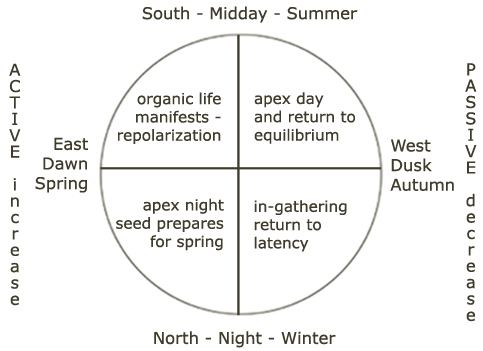
In W.E. Knowles Middleton’s “The History of the Barometer” (The Johns Hopkins Press, 1964), the dynamic between Isaac Beeckman (1588–1637) and René Descartes (1596–1650) is scrutinized. Middleton portrays their association, ultimately underscoring a clash of ideas with Descartes, a philosopher whose physics theories were largely historically inaccurate. Despite this critical viewpoint, Descartes’ impact during his time was significant, particularly on Isaac Newton, who initially adhered to Cartesian principles before discarding them. In Descartes’ era, his theories ignited discussions in astronomy and physics, particularly among Cartesians and Newtonians, ultimately culminating in Newton’s success following the release of “Principia” in 1687.
Descartes’ “Discours de la méthode” (1647) delineated scientific procedures through three essays: “La Dioptrique,” “La Géométrie,” and “Les Météores.” He proposed four fundamental concepts for acquiring knowledge: only accepting distinct truths, dissecting issues into components, reasoning from the straightforward to the complex, and considering issues comprehensively. He regarded geometry as indisputable, which impacted his theories of optics presented in “La Dioptrique.”
His theories intertwined both incorrect and correct ideas, shaped by Beeckman’s mechanistic view of the world but dismissing the existence of a vacuum. Descartes’ framework depicted a universe filled with particles divided into three categories, suggesting that light resulted from pressure exerted by the sun and stars on these particles. He utilized analogies, particularly likening a blind person using a stick, to illustrate vision and the perception of light. Nonetheless, this corpuscular concept did not completely conform to his own principles of knowledge.
Descartes advanced geometrical optics, deriving the principles of reflection and refraction by drawing parallels to the motion of a tennis ball, offering insights into reflection and refraction laws for the inaugural time in “Dioptrics.” His analogy regarding the behavior of light presented inconsistencies, as he intertwined motion with theories of light pressure.
In the realm of vision, Descartes adopted Kepler’s theory, explaining brain perception via optic nerves. His investigation of telescopes prompted him to confront spherical aberration with recommendations for hyperbolic lenses, even though the technology of his time could not produce these lenses. The concluding sections of “La Dioptrique” concentrate on this topic.
“Les Météores” examined atmospheric occurrences, commencing when Descartes perused Jesuit Scheiner’s insights on parhelia. He sought to explain various phenomena such as rain, snow, and wind utilizing his optical principles. Historically relevant, Descartes accurately depicted the formation of primary and secondary rainbows through his laws of reflection and refraction. He amalgamated empirical tests—employing spheres filled with water to study raindrops—correctly determining the limiting angles for rainbows while mistakenly claiming to be a pioneer in such investigations. He misidentified the origins, as earlier writings had already addressed these angles.
Descartes’ explanation of rainbow colors through the rotational movement of particles was incorrect, contradicting Newton’s subsequent demonstration of the heterogeneous nature of white light. Newton critiqued Descartes, alleging he plagiarized De Dominis, although Descartes’ contributions were wider and more precise.
In summary, Descartes made substantial contributions to optical theories but intertwined them with flawed notions grounded in his corpuscular theory and a misguided understanding of light speed. His work incited scientific debate despite its shortcomings, establishing a foundation for future progress.